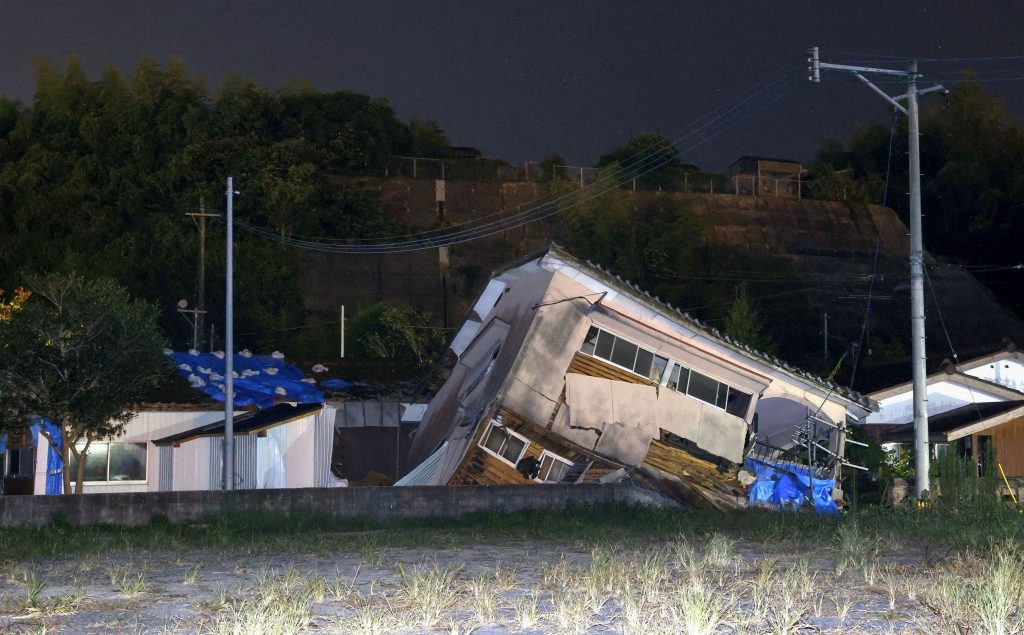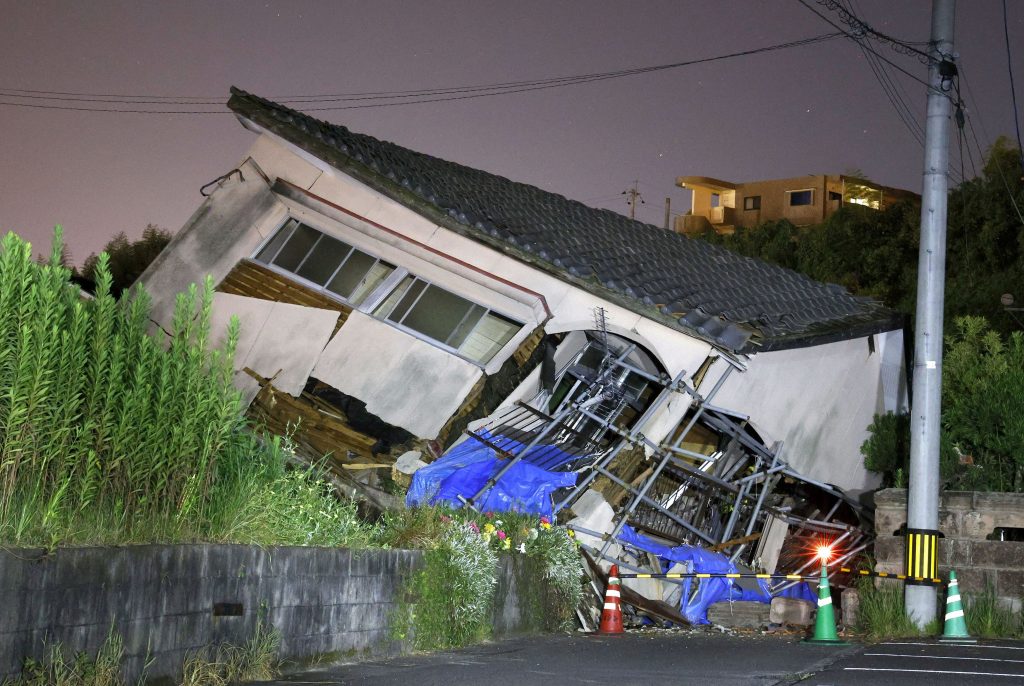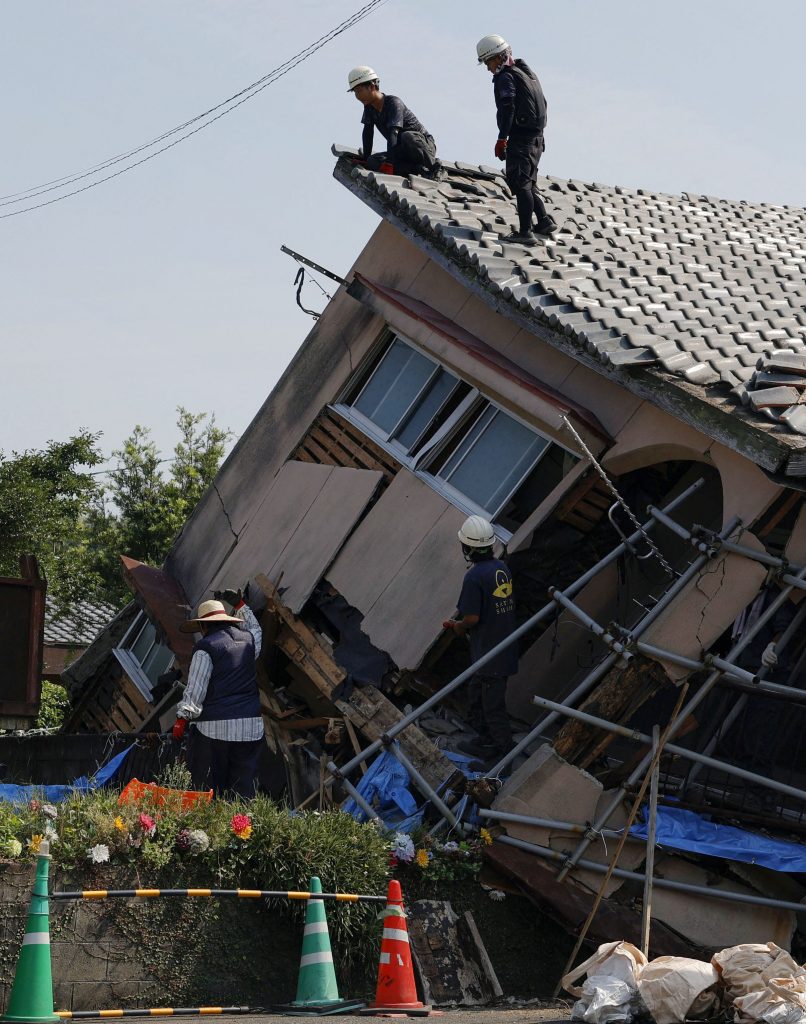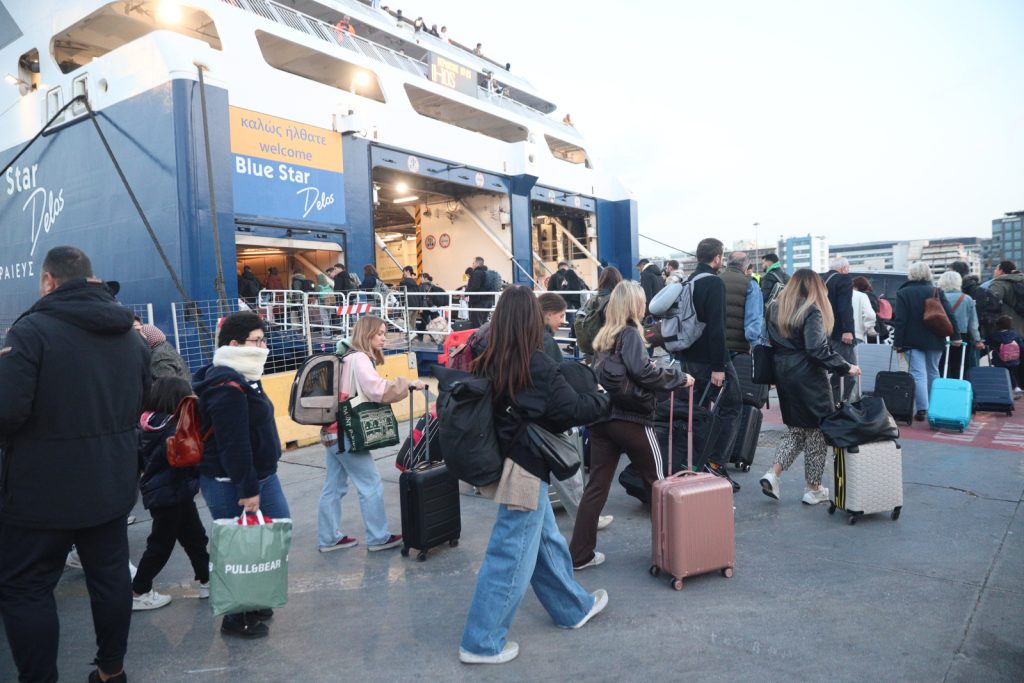A 7.1 magnitude earthquake in Japan struck off the coast of Miyazaki Prefecture on Thursday, triggering a tsunami advisory for parts of the Kyushu and Shikoku islands and leading the Japan Meteorological Agency to issue an unprecedented alert, warning of a potential “megaquake” in southern Japan.

A collapsed house is seen following an earthquake in Osaki town, Kagoshima prefecture, southwestern Japan, August 8, 2024, in this photo taken by Kyodo. Mandatory credit Kyodo/via REUTERS
In response to the heightened risk, Prime Minister Fumio Kishida made the serious decision to cancel a planned trip to Central Asia, emphasizing the gravity of the situation.
Seismologists have cautioned that while the probability of another powerful earthquake in Japan has increased, it does not guarantee that one will occur.

A collapsed house is seen following an earthquake in Osaki town, Kagoshima prefecture, southwestern Japan, August 8, 2024, in this photo taken by Kyodo. Mandatory credit Kyodo/via REUTERS
Following the initial quake, the Fire and Disaster Management Agency reported a total of nine injuries and minor damages. Small tsunamis were observed in some areas, with waves reaching 50 centimeters at certain ports. All tsunami advisories were lifted by 10 p.m.
The Japan Meteorological Agency has warned that residents in the affected regions should remain alert for the possibility of additional earthquakes up to a lower 6 on the intensity scale over the next week, particularly in the next two to three days.

Rescuers work on a house collapsed following an earthquake hit in Osaki town, Kagoshima prefecture, southwestern Japan, August 9, 2024, in this photo taken by Kyodo. Mandatory credit Kyodo/via REUTERS
The agency also highlighted the heightened risk of building collapses and landslides in areas where the tremors were most intense, advising residents to stay vigilant against both earthquake activity and potential rainfall.
Prime Minister Kishida instructed authorities to provide accurate and timely information regarding any damages, urging residents to take necessary precautions and seek shelter.
Meanwhile, Kyushu Electric Power confirmed that the earthquake had no impact on its Sendai and Genkai nuclear plants, and Shikoku Electric Power reported no shaking at its Ikata Nuclear Power Plant, the only nuclear facility on Shikoku Island.




